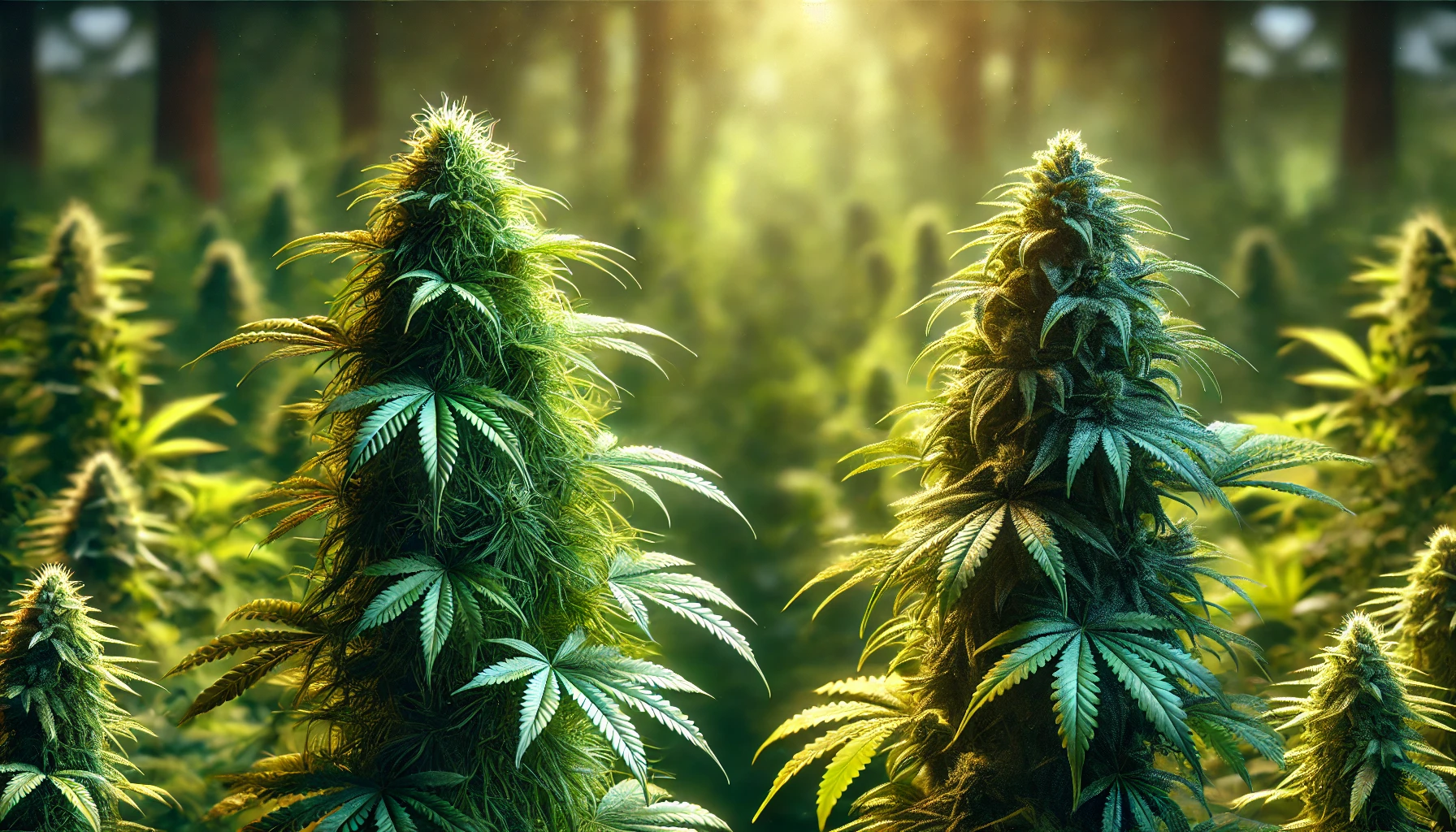Check out this answer from Consensus: Cannabis, a plant with a long history of medicinal and recreational use, is often categorized into two primary types: Sativa and Indica. While the distinctions between Sativa and Indica are widely recognized and accepted by cannabis users, the scientific evidence supporting these differences is still emerging.
Preliminary studies suggest that these classifications may be associated with different subjective effects and therapeutic benefits, influenced by the plant’s chemical composition, including THC, CBD, and terpenes. However, further research, particularly controlled laboratory studies, is needed to fully understand the pharmacodynamics and chemical profiles of Sativa and Indica strains. This article explores the differences between Sativa and Indica, examining their origins, chemical compositions, and the subjective effects reported by users.
Origins and Classification
The terms “Sativa” and “Indica” have historical and geographical roots. Sativa strains are believed to have originated in South Asia, with early dissemination to Southeast Asia, Africa, and the Americas. In contrast, Indica strains are thought to have originated in Central Asia, particularly in regions like Afghanistan and Pakistan 3. These classifications are based on morphological characteristics and phytochemical profiles, including the content of tetrahydrocannabinol (THC) and cannabidiol (CBD).
Chemical Composition
The chemical composition of cannabis, particularly the levels of THC and CBD, plays a significant role in its effects. Sativa strains are generally associated with higher THC to CBD ratios, while Indica strains often have more balanced or higher CBD levels 3. Additionally, terpenes, the aromatic compounds found in cannabis, contribute to the plant’s effects. For instance, caryophyllene, limonene, myrcene, pinene, and terpinolene are primary terpenes that influence the subjective experience of cannabis use 1.
Subjective Effects
Indica
Indica strains are commonly associated with sedative effects, making them popular for evening use. Users report feeling “sleepy/tired” or “relaxed” after consuming Indica 2. These strains are often preferred for managing pain, insomnia, and other conditions requiring sedation 4. In a study examining the subjective effects of cannabis, Indica-dominant cultivars were linked to greater low-arousal effects, such as feeling sluggish or slow 1.
Sativa
Sativa strains, on the other hand, are known for their stimulating effects. Users often report feeling “alert,” “energized,” and “motivated” after using Sativa, making it a popular choice for daytime use 2. Sativa is also preferred for its euphoric effects and its ability to enhance energy levels 4. However, the scientific evidence supporting these distinctions is still limited, and more controlled studies are needed to confirm these findings.
User Preferences and Beliefs
Cannabis users often have strong preferences for either Sativa or Indica, based on their subjective experiences and the effects they seek. In a survey of regular cannabis users, the majority expressed a preference for one type over the other, aligning with industry claims about the effects of each strain 1. Another survey found that users were more likely to choose Indica for sleep and pain management, while Sativa was preferred for social situations and activities requiring alertness 2.
Challenges in Classification
Despite the clear differences in effects and uses, the classification of C. sativa and C. indica has become increasingly complicated due to extensive cross-breeding. Modern cannabis strains often contain genetic material from both subspecies, making it difficult to categorize them strictly as either sativa or indica. This hybridization has led to a blending of characteristics, further complicating the traditional taxonomy 4 5.
Cannabis is a complex plant with a rich history and diverse applications. Two primary subspecies, Cannabis sativa and Cannabis indica, are often discussed in both medical and recreational contexts. These classifications are widely recognized in the cannabis industry and among users, who attribute different effects and therapeutic benefits to each type. However, the scientific basis for these distinctions is still under investigation.
By continuing to investigate these differences, scientists can provide more accurate information to consumers and help guide the development of cannabis products tailored to specific needs and preferences.
